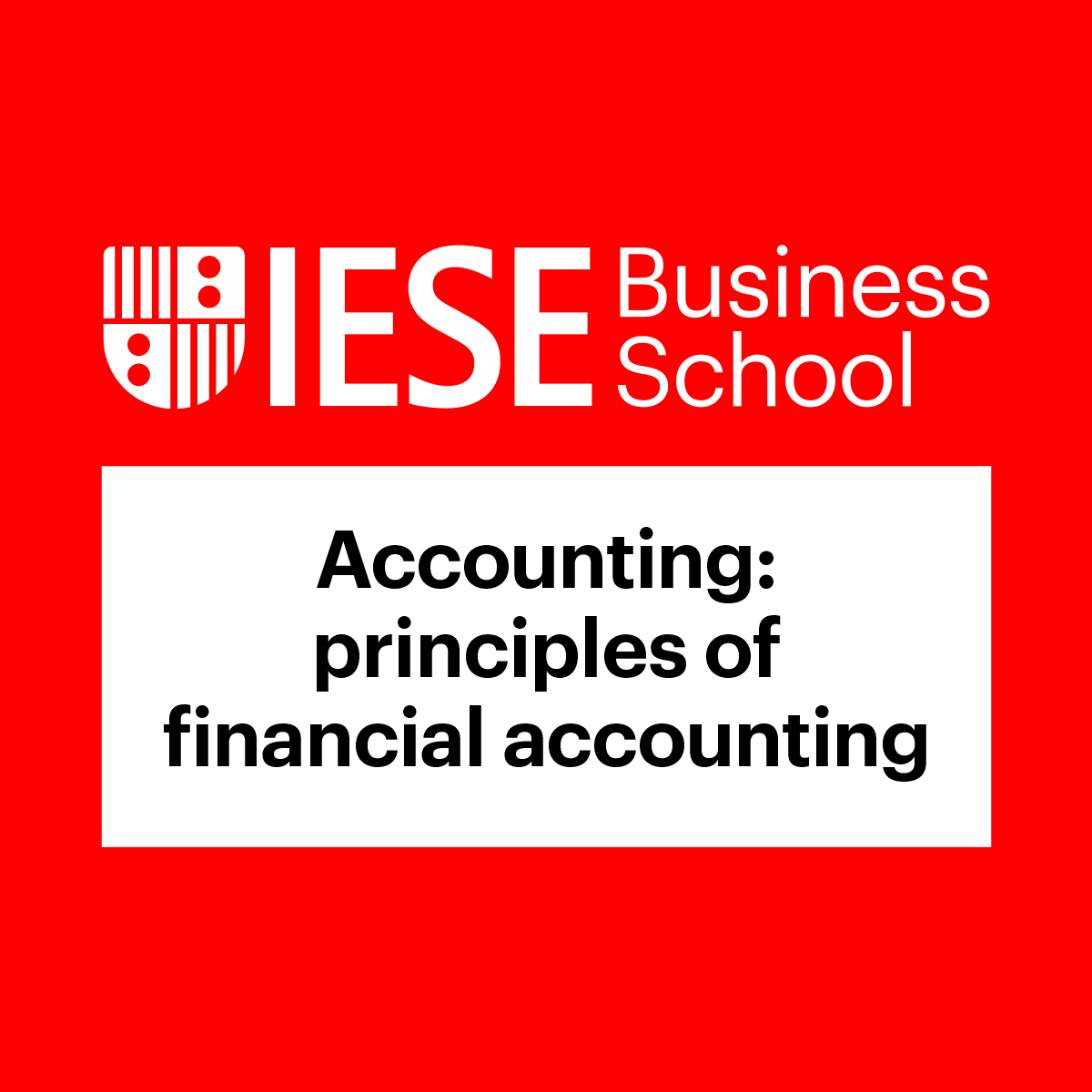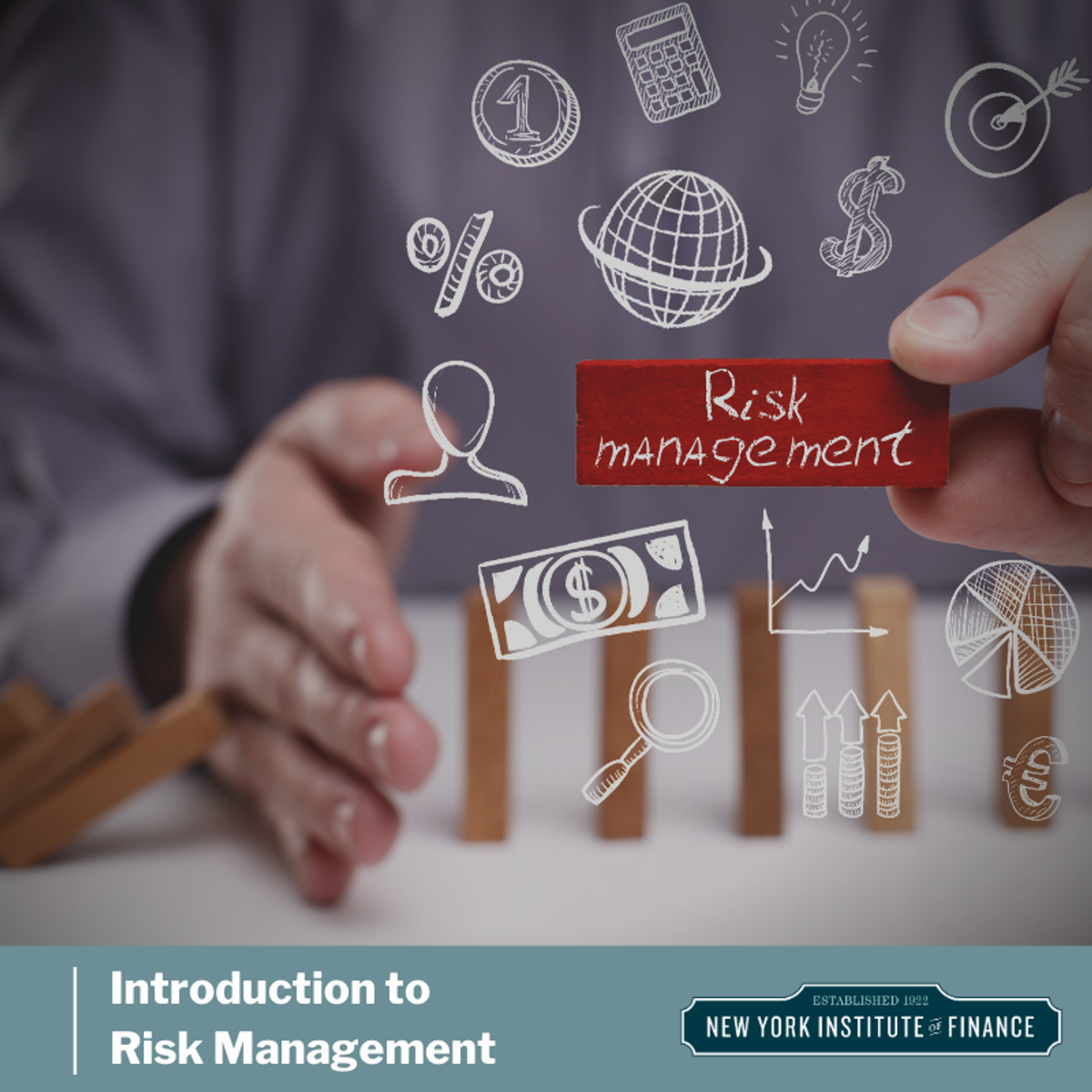Back to Courses









Finance Courses - Page 9
Showing results 81-90 of 270

Climate Aware Investing
Finance may have a central role to play against climate change on the condition that risks are properly measured and managed. In this course you will be introduced to the latest academic research findings and the most commonly used methods in industry to cope with climate change financial risks.
How do we assess these kinds of risks? Can our portfolios perform well and at the same time contribute to the transition towards a low-carbon economy? How do climate change risks affect financial markets?
This course starts with an overview of climate change and the tools at the disposal of policymakers to curb this phenomenon. These tools, when used to their fullest extent, will have a big impact on businesses and this impact may spill over into the financial markets even before the policies are fully implemented. The risks associated with these changes are grouped under the definition of transition risks.
In this MOOC we will analyse these risks and also discuss the methodologies most widely used by asset managers to manage their portfolios’ carbon exposure. The final module of this course shows a real-world example of implementation. At the end of the course, you will understand how to maximize the contribution of your investments to the fight against climate change.

Analyzing Company Performance using Ratios
In this 2-hour long project-based course, you will learn how to examine the company’s performance on a yearly basis, as well as against their peers. The learners will be able to analyze the company’s performance in terms of profitability, liquidity, activity, and solvency. The learners then will be able to communicate their findings.
Note: This course works best for learners who are based in the North America region. We're currently working on providing the same experience in other regions.
This course's content is not intended to be investment advice and does not constitute an offer to perform any operations in the regulated or unregulated financial market.

Principles of Accounts Payable and Receivable Management
This course is for those interested in starting a career in bookkeeping. The course builds on the knowledge and skills covered in the first course in this professional certificate, Fundamentals of Accounting and Reporting, and dives deeper into accounts payable and receivable management.
You will not only learn concepts related to accounts payable and receivable, but also demonstrate the basic concepts of computerized accounting using Tally. Tally is a revolutionary product which has been created with greater flexibility and a new look and feel.
By the end of the course, you will be able to:
- Classify inventory
- Manage accounts receivable and accounts payable
- Manage purchase and sales orders
- Track costs of purchase
- Manage cost and profit centers
- Create and maintain budgets using TallyPrime
- Generate reports
No prior experience in bookkeeping is required. To be successful in this course, you should have completed the first course in this program, Fundamentals of Accounting and Reporting, or have the equivalent skills and knowledge.

Introduction to Time Value of Money (TVM)
The strength of finance is that it takes a structured approach to decision making, with one key building block underlying all decisions — understanding the value of time, or the Time Value of Money (TVM). In this course, we will develop this building block using introductory, and simple, applications. We will learn about the Time Value of Money (TVM), Simple Future Value (FV) , Simple Present Value (PV) , Future Value of Annuity, Loans, compounding, and Valuing Perpetuities. We will introduce the framework in a carefully structured and replicable way to prepare you to explore more advanced applications in the rest of the specialization. In the follow-on courses, we will expand the applications to more complex real-world decisions.
After completing this course, you will have an understanding of how the value of money changes over time. You will understand the implications of all your financial decisions, including saving for the future through different channels and borrowing for future needs. You will leave with the practical knowledge needed to make informed decisions on a wide range of financial decisions.
This course is part of the four-course Foundational Finance for Strategic Decision Making Specialization.

Cryptocurrency and Blockchain: An Introduction to Digital Currencies
What is Cryptocurrency and how is it an innovative and effective method of currency? This course was designed for individuals and organizations who want to learn how to navigate investment in cryptocurrencies. Professors Jessica Wachter and Sarah Hammer will guide you through developing a framework for understanding both Cryptocurrency and Blockchain. You’ll learn how to define a currency, analyze the foundations of digital signatures and blockchain technology in cryptocurrency, and accurately assess the risks of cryptocurrency in a modern investment portfolio. By the end of this course, you’ll have a deep understanding of the realities of Cryptocurrency, the intricacies of Blockchain technology, and an effective strategy for incorporating Cryptocurrency into your investment plans. No prerequisites are required, although "Fintech: Foundations, Payments, and Regulations" from Wharton's Fintech Specialization is recommended.

Accounting: Principles of Financial Accounting
Financial Accounting is often called the language of business; it is the language that managers use to communicate the firm's financial and economic information to external parties such as shareholders and creditors. Nobody working in business can afford financial illiteracy. Whether you run your own business, work as a manager or are just starting your career, you want to understand financial information and be able to interact with accountants, controllers, and financial managers. You want to talk business!
This course will provide you with the accounting language's essentials. Upon completion, you should be able to read and interpret financial statements for business diagnosis and decision-making. More importantly, you will possess the conceptual base to keep learning more sophisticated accounting and finance on your own. Do not forget that, as with any other language, becoming proficient with accounting requires constant practice.

Introduction to Risk Management
What is risk? Why do firms manage risk? In this course, you will be introduced to the different types of business and financial risks, their sources, and best practice methods for measuring risk. This course will help you gauge different risk types and set risk limits, describe the key factors that drive each type of risk, and identify the steps needed to choose probability distributions to estimate risk. You will explore the history and development of risk management as a science, and financial and business trends that have shaped the practice of risk management. By the end of the course, you will have the essential knowledge to measure, assess, and manage risk in your organization.
To be successful in this course, you should have a basic knowledge of statistics and probability and familiarity with financial instruments (stocks, bonds, foreign exchange, etc). Experience with MS Excel recommended.

ESG Investing: Setting Standards & Conducting Analysis
The ESG Investing: Setting Standards & Conducting Analysis course provides students with basic knowledge of traditional financial products with some fundamental concepts to help better define what ESG is, including the rationale behind its inception, and how it has developed. Through the series of video, webinar, and reading modules in this course, you’ll learn how to identify and describe the basic principles underpinning the “E”, “S” and “G” in ESG, as well as obtain a brief background of ESG’s origins and evolution. You should also acquire insights into certain global and domestic goals and frameworks that drive and support issuers’ ESG agendas for economic, financial, and ethical purposes, as well as learn how to examine and construct different investment strategies aligned with investment returns, such as negative/exclusionary screening and integration. You should also gain a clearer view of how businesses form their ESG strategies, as well as some of the risks they face, and how they may be mitigated.

Investment Banking: Financial Analysis and Valuation
This course will provide students the key building blocks required for a career in investment banking, valuation, and other corporate-finance focused fields. It is designed to provide a practical application of financial statement analysis and valuation techniques commonly performed by industry professionals.
The course has two major parts. The first focuses on the foundational elements of financial statement and ratio analysis. The second applies the financial statements and forecasts within the context of company valuation, utilizing common industry valuation techniques.

Finance for Non-Finance Professionals
This short course surveys all the major topics covered in a full semester MBA level finance course, but with a more intuitive approach on a very high conceptual level. The goal here is give you a roadmap and framework for how financial professional make decisions.
We will cover the basics of financial valuation, the time value of money, compounding returns, and discounting the future. You will understand discounted cash flow (DCF) valuation and how it compares to other methods. We also step inside the mind of a corporate financial manager and develop the basic tools of capital budgeting. We will survey the how, when, and where to spend money, make tradeoffs about investment, growth, dividends, and how to ensure sound fiscal discipline. Our journey then turns to a Wall Street or capital markets perspective of investments as we discuss the fundamental tradeoff between risk and return. We then synthesize our discussion of risk with our valuation framework and incorporate it into series of direct applications to practice.
This course requires no prior familiarity with finance. Rather, it is intended to be a first step for anyone who is curious about understanding stock markets, valuation, or corporate finance. We will walk through all of the tools and quantitative analysis together and develop a guide for understanding the seemingly complex decisions that finance professionals make.
By the end of the course, you will develop an understanding of the major conceptual levers that push and pull on financial decision making and how they relate to other areas of business. The course should also serve as a roadmap for where to further your finance education and it would be an excellent introduction of any students contemplating an MBA or Finance concentration, but who has little background in the area.
Popular Internships and Jobs by Categories
Find Jobs & Internships
Browse
© 2024 BoostGrad | All rights reserved